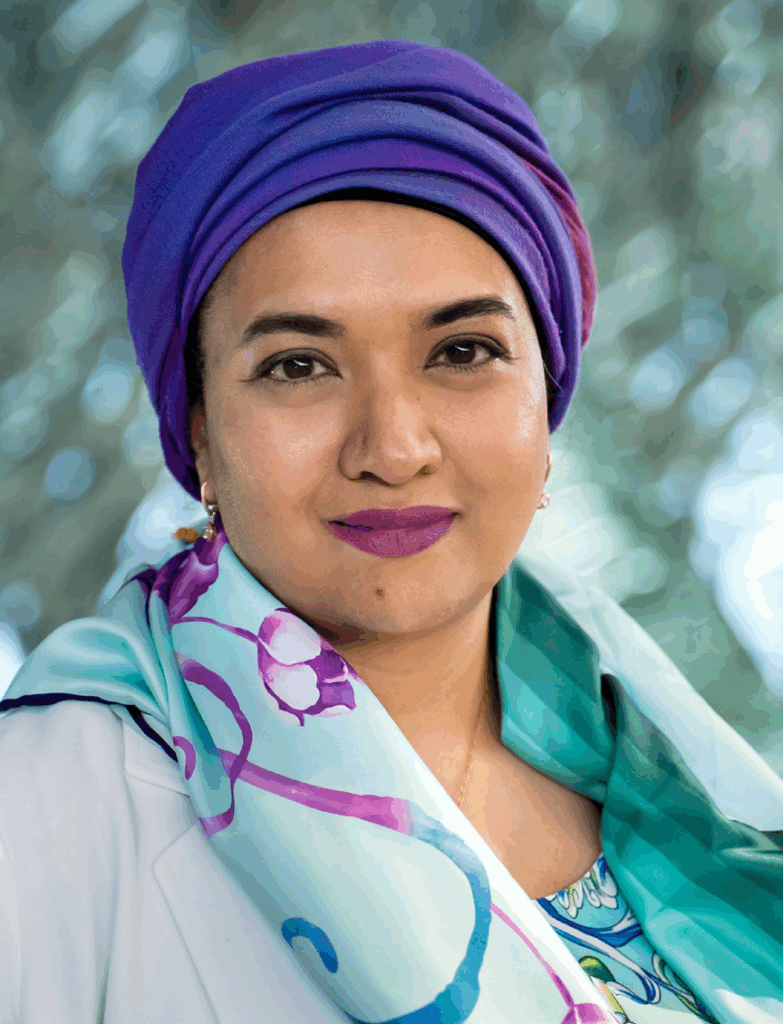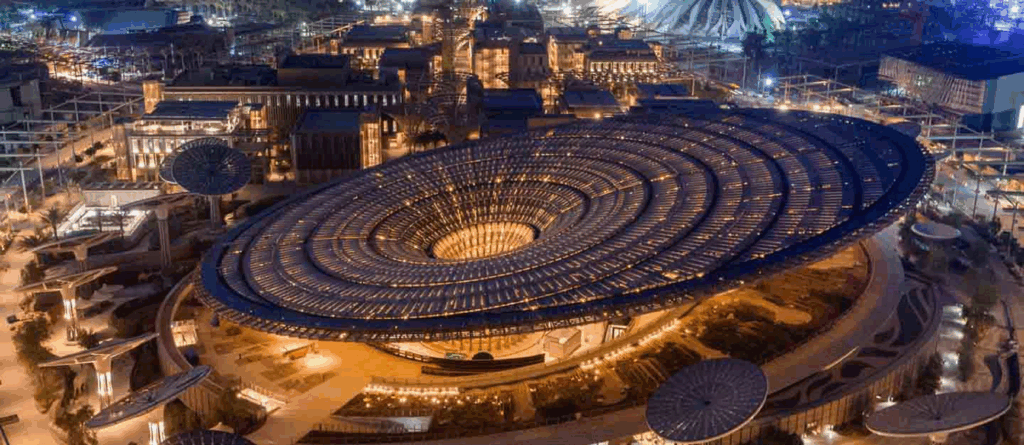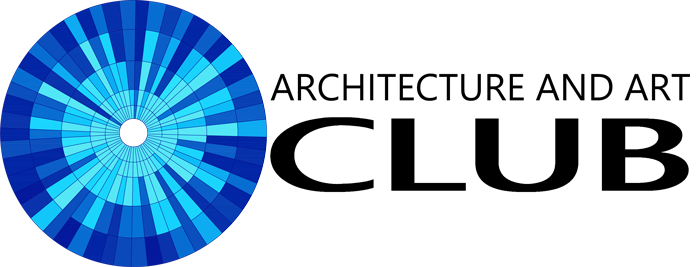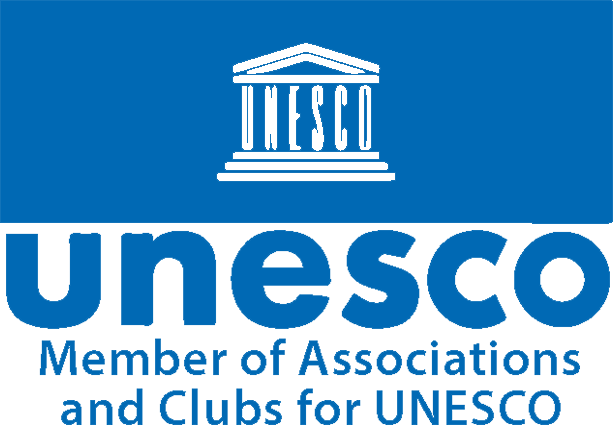
Farah Naz
Farah Naz, is an award-winning Climate Change strategist and Director of Innovation & ESG at AECOM with 20 years’ experience in the construction sector in the USA, UK, S.E. Asia and most recently the UAE.
She is a Chartered Engineer (UK), Fellow of CIBSE, LEED and WELL AP and a Verified Research Expert for Dubai Future Foundation.
Farah is the Past Chair of CIBSE UAE Chapter.
My philosophy has always been that if we as humans are not defined by a vision of the future then we are burdened with old decisions from our past. It is this philosophy that has guided me, in many ways, to take up the fight against the current climate crisis and rewrite a new and bold climate story.
Throughout my career, I have learnt that we must learn from the past and consciously walk away from the decisions that have led us to where we are today; decisions that have resulted in rising temperatures and a planet which is 1.1 degrees warmer than the pre-industrial age.
Due to our dependence on fossil fuels and shifting to a zero-Greenhouse Gas (GHG) economy and society, we are challenged daily to address the rapid warming of the earth. No industry is more tested than the built environment, which is responsible for 40% of GHG emissions, while cement, the most widely used material in construction is responsible for 8%, far more global carbon emissions than the aviation industry.
Is the future a bleak one? Is it possible to achieve net zero, can we ensure that the amount of greenhouse gas emission being released into the atmosphere is equal to the amount being removed from it?
The answer is complex and cannot be solved by simple actions. We in the industry must develop new tools, behaviours, mindsets, and systems. This is the reason why Langdon Morris, CEO of Innovation Lab in the USA, and I joined forces to write the Net Zero City about the biggest challenge that humanity is facing today.
The book, one of my career highlights, was written for a global audience on how to establish a roadmap for communities and cities towards net zero transformation as well as how to bring complex concepts into real conversation. The book has travelled across continents and today I’m pleased to say it is being used as a framework towards net zero in many cities.
Being able to write about my own net zero journey and what I learnt and discovered from the four continents I’ve lived and worked on was something I wore with pride.
For the past two-decades, I’ve worked with multi-disciplinary teams, architects and urbanists, and focussed on implementing a systems thinking approach to the clean energy transition, all while working on master planning projects, and focussing on Food-Energy-Water Nexus and it is this experience I poured into the book.
It’s always difficult to list the projects that have had a notable impact on me and my career. I look back at them all with a sense of humility and achievement.
From designing new homes for vulnerable communities in Bangladesh to being part of major projects like the Louvre Museum in Abu Dhabi, to working on the UK’s very first net zero carbon project in 2010, each project has taught me something different, gave me opportunities to meet new people, hone my skills, test my patience at time, and allowed me to experience and appreciate new disciplines.

Yet, if there are three projects in the past 8 years, that I can list that remain close to my heart and in many ways redefined my life and career it would be:
- The Museum of the Future, by Shaun Killa Architects, was one of my first jobs in the UAE and I was headhunted to lead the sustainability team at Buro Happold in the Middle East in 2015. I never thought this project would redefine my life and career for eight-years as I worked on devising the net-zero strategy for the museum, which allowed the building to run on 100% renewable energy. It went on to win multiple awards globally, it nabbed the highest LEED rating in the region in 2019, and today works as a living laboratory of sustainability and innovation.
- It’s hard not to talk about the Terra Expo Sustainability Pavilion, by Grimshaw Architects, and its impact on my career. The pavilion had a significant effect on the UAE and the MENA region as it became a symbol of regenerative design all while showcasing innovations in energy generation and water management. To achieve net zero, the design required a series of technologies, building systems and design solutions to act in unison. It was this self-contained micro-ecosystem that led it to win eight awards, including International Project of the Year at the coveted 2022 Building Awards.
- Finally, Bee’ah Headquarters in Sharjah by Zaha Hadid Architects, illustrated to me that I can push the parameters of design to develop an LEED Platinum project. Leading the sustainability and innovation side of the project, my team and I worked tirelessly to bring the passive design elements to life. From extensive use of exposed thermal mass to sizing and positioning of windows to reduce solar gain, we ensured that every aspect of the design was working towards our net zero strategy. We undertook extensive energy and cost benefit analysis to devise a net zero energy strategy for the complex that championed the creation of an onsite solar plant and used Tesla Power pack batteries as backup storage for the energy generated.
In my career, I’ve had the opportunity to work with brilliant scientists and psychologists to develop urban liveability policies and deploy city level health and wellbeing strategies.
My work and fervour for the global sustainability cause has and will continue to focus on developing climate smart cognitive cities, communities and buildings that are, not only liveable but also equitable.
My mantra is simple, I truly believe we have the power to rewrite a new blueprint for our future generation. This is our moment in time to change the global climate narrative.
We must be ready to plan and accept solutions that are transferable, practical, while also crossing disciplinaries and borders in equal measure. For me, reimagining our cities, communities and buildings through a sustainable legacies’ framework are key in making a positive lasting impact.

Published in 2A Magazine# 50, Autumn 2023

